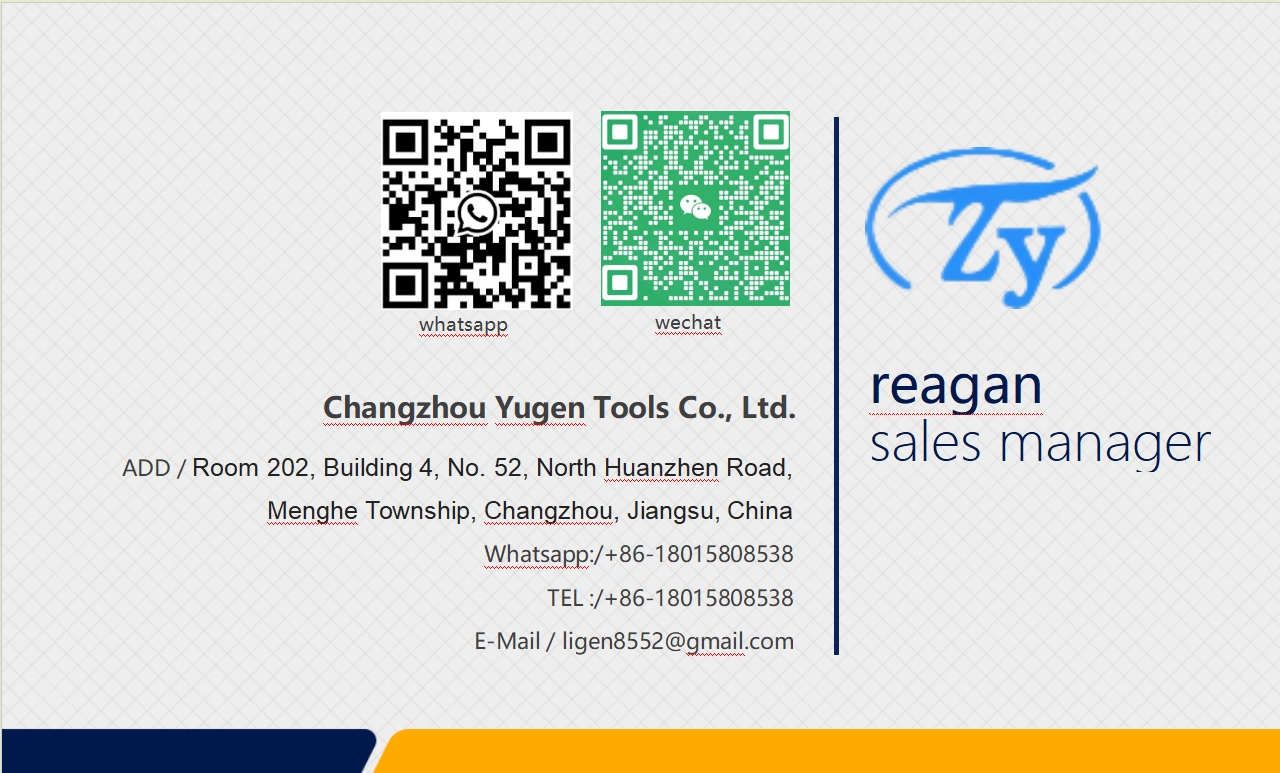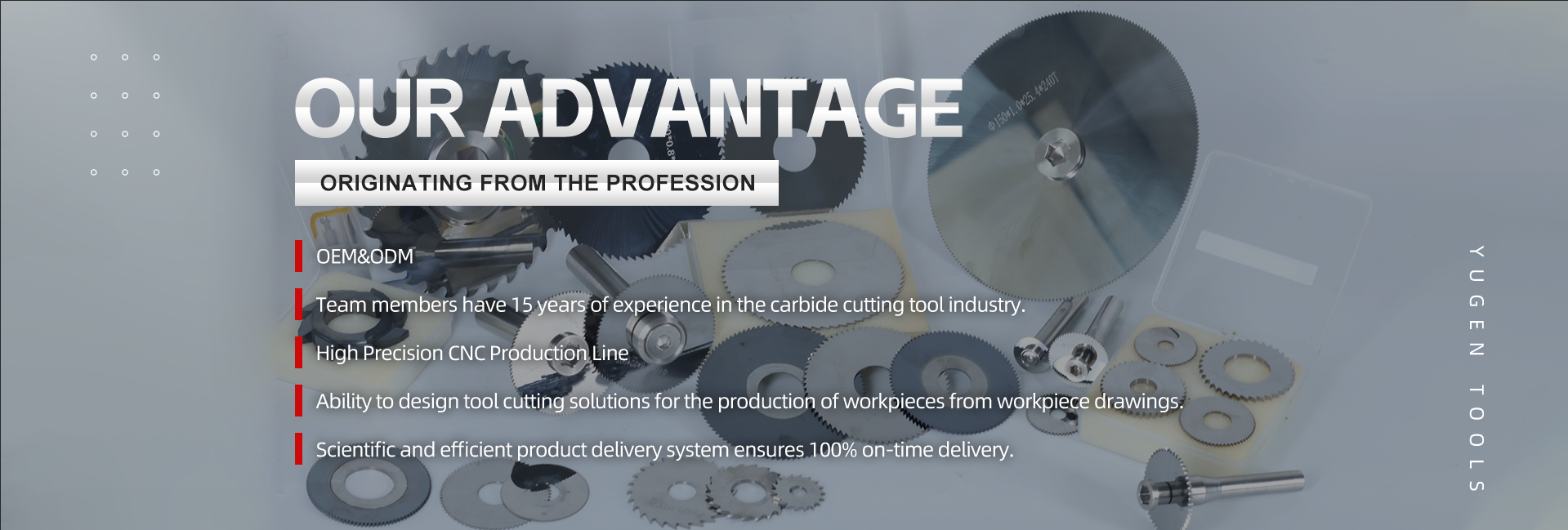Common Pitfalls in Non-Standard Milling Cutter Drawing Design and How to Avoid Them
A precise drawing is the crucial starting point for successfully customizing non-standard milling cutters. However, the drawing design phase often harbors hidden “reefs” that can impact the final tool’s performance and durability. Identifying these pitfalls and mastering strategies to avoid them can significantly enhance your customization efficiency and results.
Pitfall 1: Vague or Unclear Drawing Information
Manifestations: Generic material specifications (e.g., only “carbide” instead of specific grades like YG8/YG15), missing heat treatment requirements (e.g., no HRC58-62 specified), omission of critical dimensional tolerances.
Consequences: Difficulty for suppliers to execute precisely, leading to subpar core tool performance (hardness, wear resistance). Achieving a durable milling cutter becomes impossible.
Avoidance: Clearly specify material grade, detailed heat treatment process and hardness range, and all critical dimensions and tolerances, especially key geometric angles of the cutting edge.
Pitfall 2: Structural Design Divorced from Actual Needs
Manifestations: Chip flutes too shallow or narrow (causing poor chip evacuation, built-up edge), excessive flute length (insufficient rigidity causing chatter), special edge profiles lacking feasibility validation.
Consequences: Prone to overheating, severe vibration, and chip evacuation issues during machining, drastically reducing tool life, or even making the tool unmanufacturable.
Avoidance: Deeply understand the characteristics of the workpiece material (e.g., gumminess, hardness) and machining conditions (roughing/finishing, coolant availability). Reference established parameters from standard tool designs or consult feasibility early with the technical team of a reputable supplier.
Pitfall 3: Unreasonable Geometric Parameter Settings
Manifestations: Excessive rake angle (compromising edge strength), insufficient clearance angle (accelerating flank wear), inappropriate helix angle selection (affecting cutting stability and chip flow direction).
Consequences: Tool prone to chipping, accelerated wear, poor machined surface quality.
Avoidance: Scientifically select geometric angle ranges based on workpiece material properties (e.g., positive rake angles of 5°-15° common for steel). For complex conditions, leverage a supplier’s cutting simulation expertise to optimize the design.
Pitfall 4: Overlooking Manufacturability and Cost
Manifestations: Pursuing extremely complex edge geometries or ultra-high precision requirements (e.g., Ra0.1μm cutting edge) far exceeding conventional grinding capabilities.
Consequences: Sharply increased machining difficulty, low yield rates, extended lead times, soaring costs.
Avoidance: Balance functional requirements with manufacturability during design. Confirm processing methods and cost implications for special features with a reputable supplier. Seek an equilibrium point between performance and cost.
Pitfall 5: Underestimating the Value of Supplier Technical Collaboration
Manifestations: Designing drawings in isolation without leveraging the supplier’s engineering experience.
Consequences: Missed optimization opportunities, potential design flaws go undetected.
Avoidance: Select a reputable supplier with deep application experience and a strong engineering team. Proactively seek their advice during the design phase. Their practical experience can help optimize drawing details, enhancing tool reliability and durability.
Conclusion:
An excellent non-standard milling cutter drawing is the perfect fusion of clear requirements, rational design, and manufacturing feasibility. By avoiding the common pitfalls outlined above and actively collaborating technically with experienced reputable suppliers, you significantly increase your chances of obtaining a truly high-performance, exceptionally durable non standard milling cutter that meets demanding machining requirements, ensuring your customization investment delivers outstanding value.
Case Example: A precision components manufacturer designing a titanium alloy deep-slotting cutter adopted supplier recommendations to optimize flute width ratio and helix angle. This not only resolved chip evacuation problems but also increased tool life by nearly 40%, significantly reducing overall machining costs.

Customization Process



